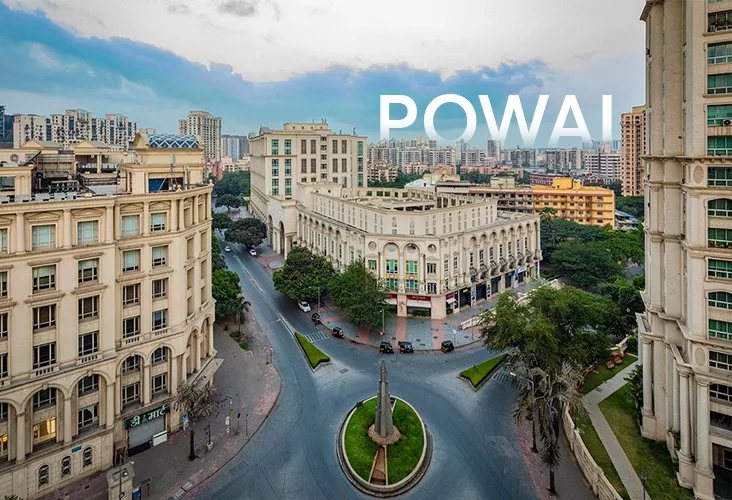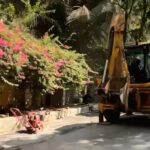The History of Powai Lake
Powai lake is an artificial lake, situated in Mumbai, in the Powai valley, where a Powai village with a cluster of huts existed. The city suburb called Powai shares its name with the lake. Before the lake was built by the British, in 1799 AD, the estate where the lake is now was leased on a yearly rent to Dr. Scott. After his death in 1816, the government took control of the estate in 1826 and leased it to Framaji Kavasji, then the vice-president of the Agricultural and Horticultural Society of Western India after whom the lake was named when it was built in 1891.A stream tributary of the Mithi river, which served the Powai village’s water needs, was dammed in 1891, during the British period later it had to be abandoned due to the hue and cry against the quality of the water. After the drinking water supply objective was abandoned in the early 1890s, in view of poor quality of the water due to pollution, water hyacinth and weeds, untreated sewage and large silt deposit
Powai lake The present location of Powai Lake was the original Powai Valley – a central village with each hut having its own well.
The lake was built by the British regime in 1890, after constructing two dams about ten metres high across two hillocks, to augment the water supply to Bombay.
The hillocks seen on the south end of the lake are the lowest slopes of the Western Ghats.
The catchment area of the lake is 6.6 kilometres square, with the depth varying from 3 to 12 metres.
At the time of its construction, it cost the ruling regime INR 6,50,000 back in 1889.
The Padmavati Devi Temple situated on the bank of the lake inside IIT, Bombay campus dates back to 10th century AD as per Archaeological Survey of India.
It has been extensively used for fishing over the years. Currently, it is being used for the conservation of the Indian mahaseer.
Crocodiles have been spotted taking a dip in the waters of the lake.
Beauty Of Old Powai Lake
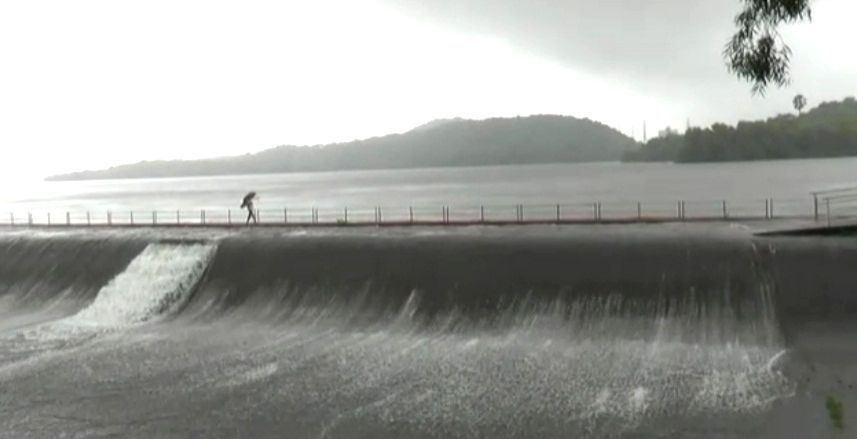
The History of Powai
The word Powai is derived from Sanskrit word Padma which is the for goddess Padma (reincarnation of Goddess Lakshmi) This is due to the fact that the Padmavati Devi Temple, dedicated to Goddess Padmavati and situated on the bank of the Powai lake inside IIT Mumbai, dates back to the 10th century AD as per the Archeological Survey of India.In 1943, four years before India’s independence, the freedom fighter Chandrabhan Sharma arrived in Mumbai and happened to lease and subsequently buy Powai Estate from Sir Yusuf, the then owner, for a paltry sum. At that time, Powai comprised five villages: Saki, Kopri, Tirandaz, Powai and Paspauli. In the late 1950s, a portion of Powai was given to the government to set up an Indian Institute of Technology (IIT). The Prime Minister Jawaharlal Nehru, personally visited the area and during a meeting, Chandrabhan Sharma motivated him to give the land free of cost for this purpose. Simultaneously, a young engineer from Denmark, Søren Kristian Toubro had obtained a major contract in Mumbai
Ariel Photo Of Old Powai From IIT Mumbai

Holy Trinity Church
Visit the Holy Trinity Church (1.5 kilometres from Powai Lake) if you’re looking for some peace from the madding crowd. The church was built in 1971 but the area has witnessed Christian life and activity for the last 400 years. Mass is conducted daily here and the feast is celebrated on the last Sunday of May every year.

Birds that you can spot in Powai
Coppersmith Barbet
Coppersmith barbet is the most beautiful bird seen in the greenwood part of Powai
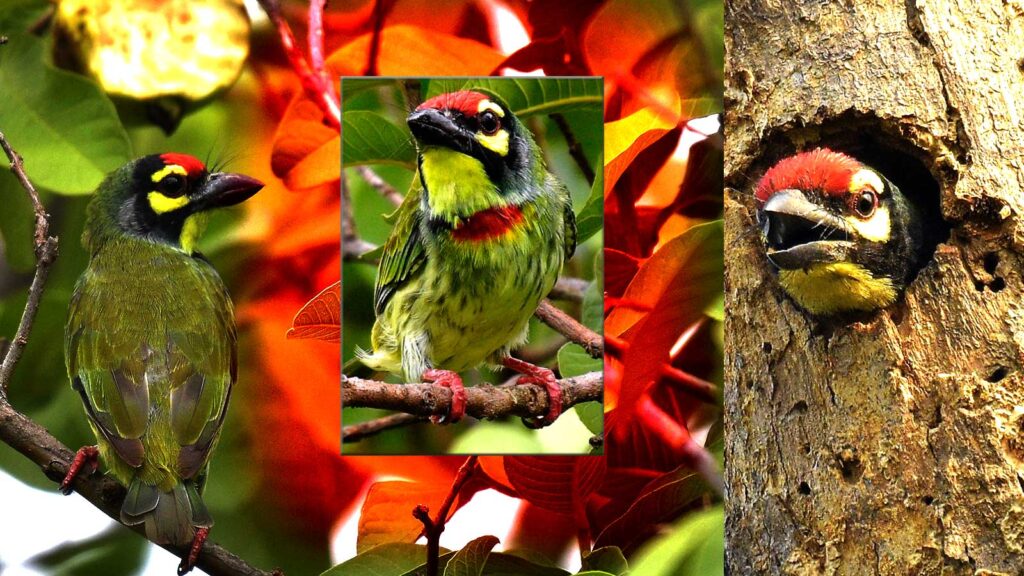
Eurasian Golden Oriole
The Eurasian golden oriole, also called the common golden oriole, is the only member of the Old World oriole family has seen in Powai
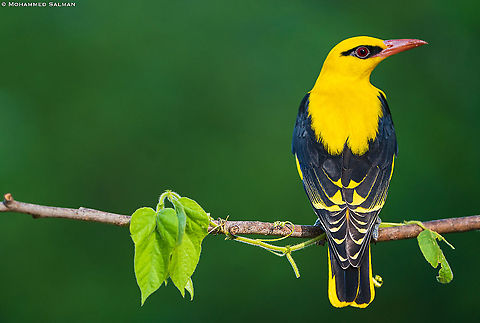
Oriental Magpie Robin
The Oriental magpie robin is a small passerine bird that was formerly classed as a member of the thrush family

Spotted Dove
The spotted dove or eastern spotted dove is a small and somewhat long-tailed pigeon that is a common resident breeding bird across its native range on the Indian subcontinent.
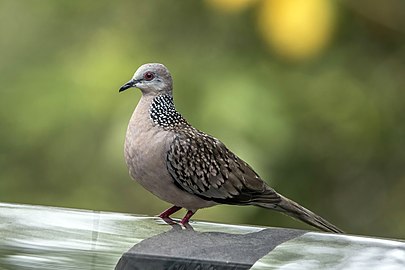
Fantail Flycatcher
The white-throated fantail is a small passerine bird.
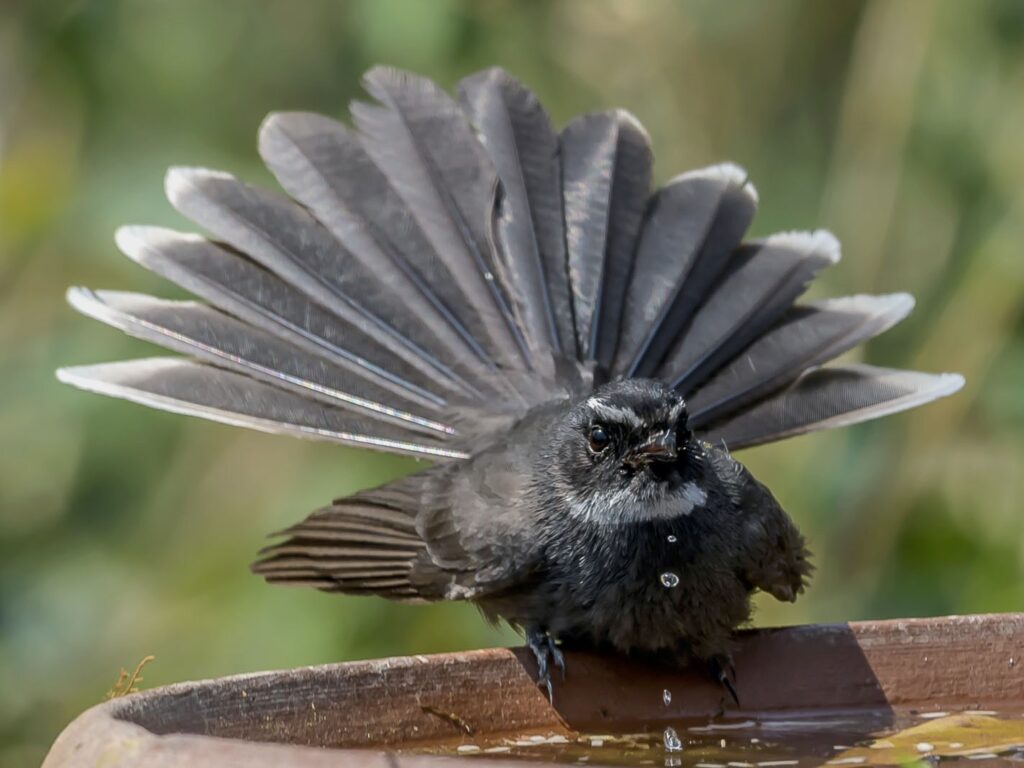
Long Tailed Shrike
The long-tailed shrike or rufous-backed shrike is a member of the bird family Lanidae, the shrikes.

Scaly Breasted Munia
The scaly-breasted munia or spotted munia, known in the pet trade as nutmeg mannikin or spice finch, is a sparrow-sized estrildid finch native to tropical Asia.

True Common Kite
The true Common Kite kite is a medium-large bird of prey in the family Accipitridae

Indian Pond Heron
The Indian pond heron or paddybird is a small heron. It is of Old World origins
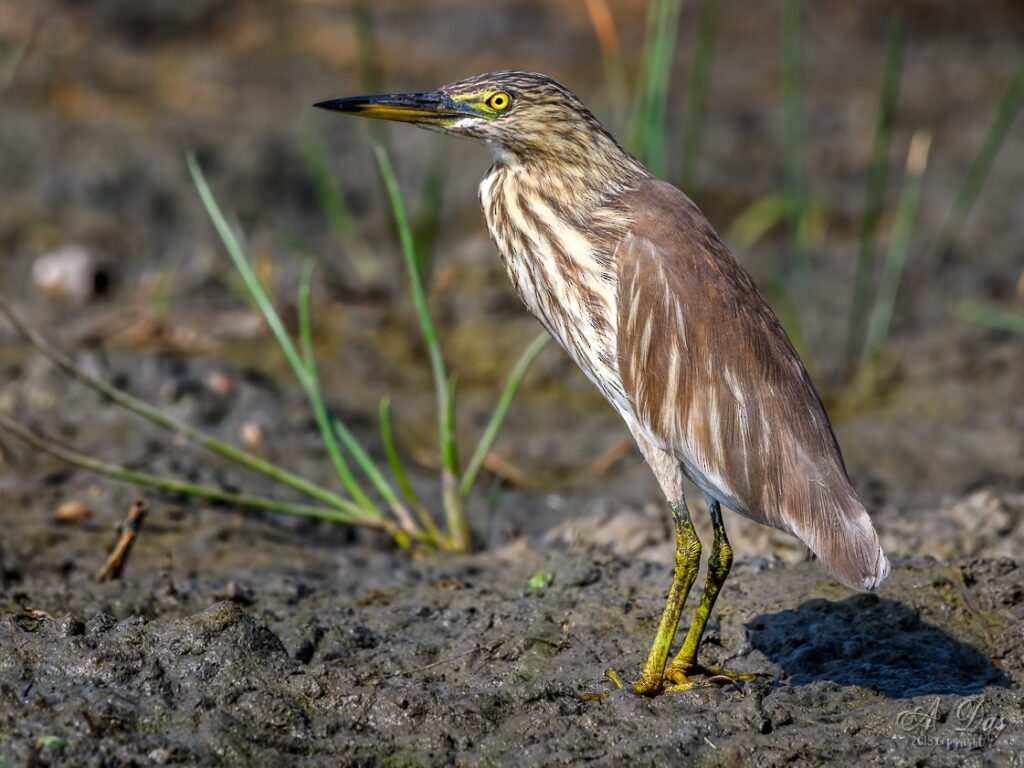
Ashy Prinia
The ashy prinia or ashy wren-warbler is a small warbler in the family Cisticolidae


